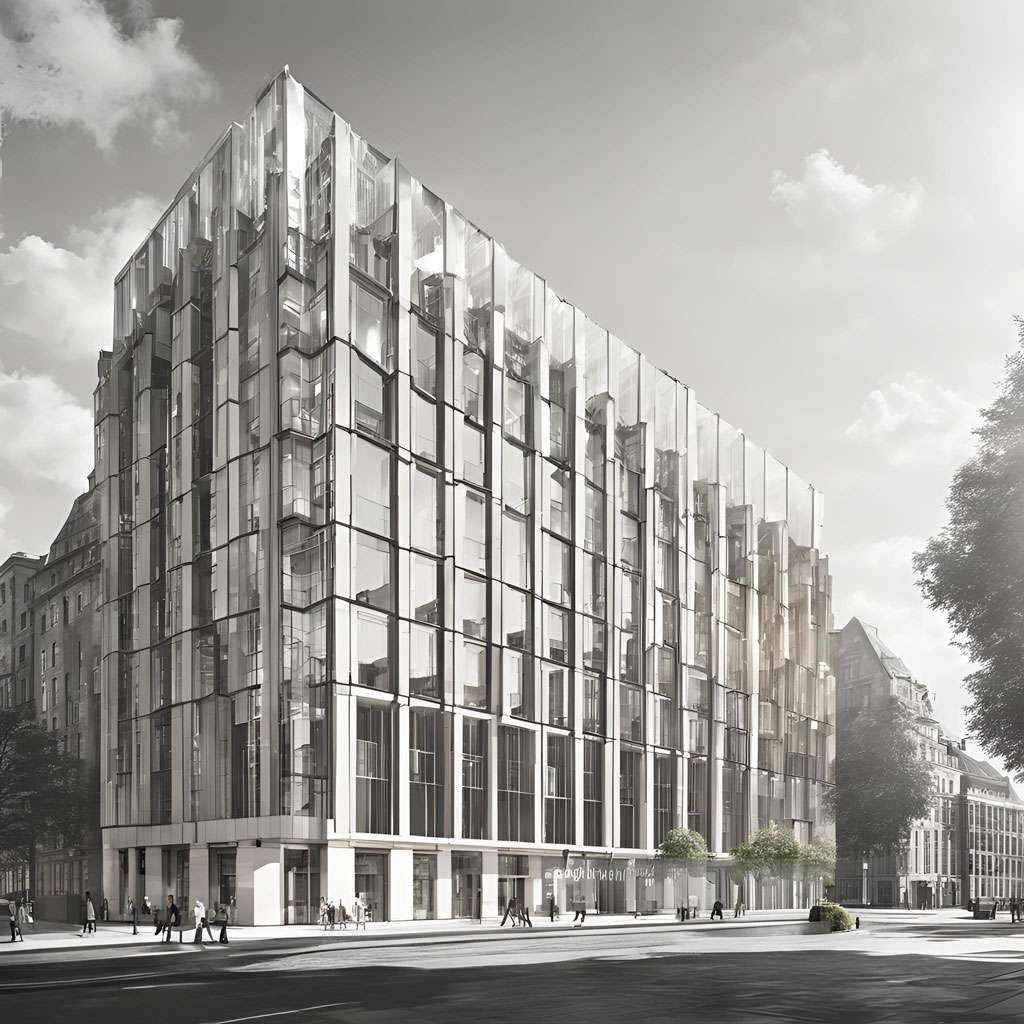Which gpu for 3d rendering?
Graphics Card (GPU) based render engines such as Redhift3D, Octane or VRAY-RT have matured quite a bit over the last years and are starting to overtake CPU-based Render-Engines.
But what hardware gives the best-bang-for-the-buck and what do you have to keep in mind when building your GPU-Workstation compared to a CPU Rendering Workstation?
Building a 3D Modeling and CPU Rendering Workstation can be somewhat straightforward, but highly optimizing for GPU Rendering is a whole other story.
So what are the best Hardware-Components and best GPU for rendering with Octane, Redhsift3D or VRAY-RT, that also is affordable? Let’s take a look.
When selecting a GPU for 3D rendering, it’s essential to consider factors like performance, compatibility, and your specific rendering needs. Here are the top GPUs recommended for 3D rendering as of 2024:

-
Top GPUs for 3D Rendering
- NVIDIA GeForce RTX 4090
- Overview: The GeForce RTX 4090 is one of the most powerful consumer GPUs available, featuring the Ada Lovelace architecture.
- Key Features:
- CUDA Cores: 16,384 CUDA cores for exceptional parallel processing power.
- VRAM: 24GB GDDR6X memory, providing ample space for large scenes and textures.
- Ray Tracing: Advanced ray tracing capabilities for realistic lighting and reflections.
- Ideal For: High-end rendering tasks, complex 3D models, and real-time rendering in applications like Blender and Unreal Engine.
- More Info: NVIDIA GeForce RTX 4090 Overview
- NVIDIA RTX A6000
- Overview: The RTX A6000 is a professional-grade GPU designed for demanding 3D rendering, simulations, and AI workloads.
- Key Features:
- CUDA Cores: 10,752 CUDA cores.
- VRAM: 48GB GDDR6X memory, suitable for extensive datasets and complex rendering tasks.
- Ray Tracing & AI: Enhanced ray tracing and AI acceleration features.
- Ideal For: Professional 3D rendering, VR, and simulation applications where maximum performance and memory are required.
- More Info: NVIDIA RTX A6000 Overview
- AMD Radeon RX 7900 XTX
- Overview: The Radeon RX 7900 XTX is AMD’s flagship GPU for high-performance gaming and 3D rendering.
- Key Features:
- Stream Processors: 6,144 stream processors.
- VRAM: 24GB GDDR6 memory.
- Ray Tracing: Supports real-time ray tracing and advanced graphical effects.
- Ideal For: High-performance 3D rendering and gaming applications, offering competitive performance against NVIDIA’s high-end options.
- More Info: AMD Radeon RX 7900 XTX Overview
- NVIDIA GeForce RTX 3080
- Overview: The RTX 3080 is a popular choice for both gaming and 3D rendering due to its balance of price and performance.
- Key Features:
- CUDA Cores: 8,704 CUDA cores.
- VRAM: 10GB GDDR6X memory.
- Ray Tracing: Supports real-time ray tracing and AI-enhanced graphics.
- Ideal For: High-quality 3D rendering and real-time applications where cost-effectiveness is also a consideration.
- More Info: NVIDIA GeForce RTX 3080 Overview
- NVIDIA RTX 3070
- Overview: The RTX 3070 provides excellent performance for 3D rendering tasks at a more affordable price point.
- Key Features:
- CUDA Cores: 5,888 CUDA cores.
- VRAM: 8GB GDDR6 memory.
- Ray Tracing: Capable of handling real-time ray tracing for realistic visual effects.
- Ideal For: Mid-range 3D rendering tasks, suitable for users who need strong performance without breaking the bank.
- More Info: NVIDIA GeForce RTX 3070 Overview
Key Considerations for Choosing a GPU
- Performance Needs:
- High-End Rendering: For complex scenes, professional-grade GPUs like the RTX A6000 or RTX 4090 are ideal.
- Mid-Range Tasks: The RTX 3080 and RX 7900 XTX offer a good balance of performance and cost.
- VRAM:
- More VRAM: Essential for handling larger scenes and high-resolution textures. GPUs with 24GB or more are recommended for extensive projects.
- Compatibility:
- Software Support: Ensure the GPU is compatible with the rendering software you use. For example, NVIDIA’s CUDA cores are widely supported in 3D rendering applications.
- Budget:
- Cost vs. Performance: Consider your budget and choose a GPU that offers the best performance within your price range. High-end GPUs are more expensive but offer superior performance.
Luxe3D’s Approach
At Luxe3D.co.uk, we utilize top-tier GPUs to ensure our 3D rendering processes are both efficient and capable of producing the highest-quality visualizations. Whether you are working on intricate architectural designs or real-time visualizations, choosing the right GPU is crucial for achieving the best results.
In summary, selecting the best GPU for 3D rendering involves evaluating your performance needs, VRAM requirements, and budget. With options ranging from high-end models like the NVIDIA RTX 4090 to more affordable choices like the RTX 3070, there is a GPU suited for various rendering applications and financial considerations.
- NVIDIA GeForce RTX 4090
